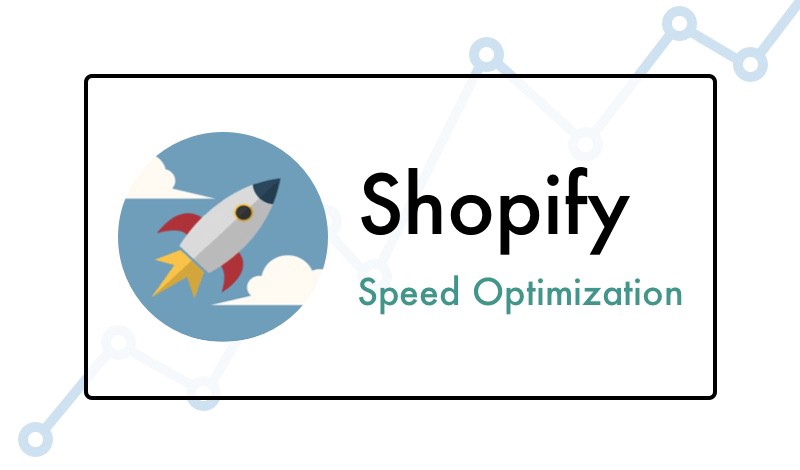The loading times of your store is an important factor for customer lead. At this time and at this age, a second delay is enough to lose interest.
Because of this, you need to make sure that your speed is at its best. This article describes the steps you can take to ensure that your website is up to date.
Here are following steps to optimize your store:
Compress large pages
Pages with high-quality content are usually unwieldy, which results in slower loading times. To keep the download from taking longer, you can use a technique called compression. You can reduce your HTTP response by reducing the page bandwidth through compression, which compresses your pages. A popular tool, Gzip, can help you with this. Many web servers can compress files in Gzip format. According to Yahoo, you can use this tool to reduce response times by up to 70%.
Minimize your code
Every little code adds to the page size. So it’s important to minimize it and avoid unnecessary spaces, lines, and more. That way you can crop your page as best as possible. Google recommends minimizing the HTML code by generating an optimized version. The same applies to CSS and JavaScript.
Reduce your site’s HTTP requests
The loading time of a page can be affected by the number of images, scripts, and other items that need to be downloaded. HTTP requests are sent for all of these aspects. This means that websites with more elements will take longer to load. Current web design trends tend toward simplicity in order to make websites efficient and fast. Remember to keep your design simple and professional to get the best impact.
Keep your pictures optimized
Bulky images don’t make your pages well, so you’ll need to reduce the file size as much as possible. For the format, JPEG is the best option. Check that the code is correct and always add the correct src attributes to urls.
Reduce the number of site plugins
Many plugins not only cause security problems but also slow down your website and even cause glitches and crashes. Make sure that you remove unnecessary plugins and that the plugins you are using are not causing slow loading times for your site.
Your server’s response time
An ideal server response time would be less than 200 ms. To make sure your website is running at the optimal speed, Google recommends using a web tracking app. In particular, check the website’s performance for blocks.
Use the browser cache
When users visit your site, the page components are temporarily stored in a cache. Because of this, the next visit will result in a faster load since you won’t have to send multiple HTTP requests.
To do this, you can set expiry headers that tell the browser whether certain elements need to be requested or whether they are already stored in a cache. By setting the expiration headers for a specific item, such as B. images, the browser is instructed to cache it. The next time the user visits the site, the page will load faster with the images already available.
Minimize redirects
While you may be tempted to redirect your visitors to other pages to show them more, you should also keep in mind that redirects generate more HTTP requests and increase the load time.
For faster page speed, make sure you choose the best hosting that suits your website needs.
